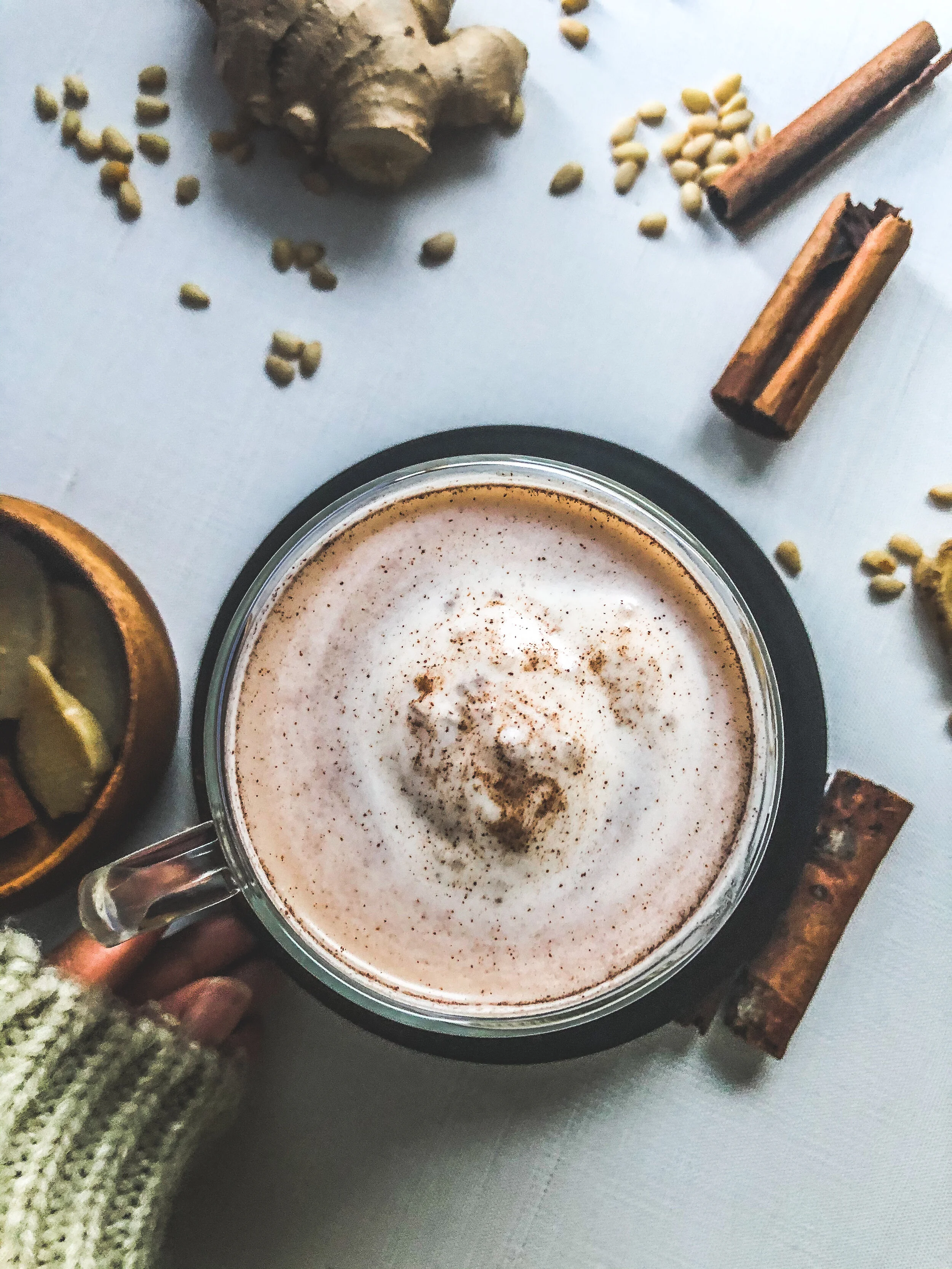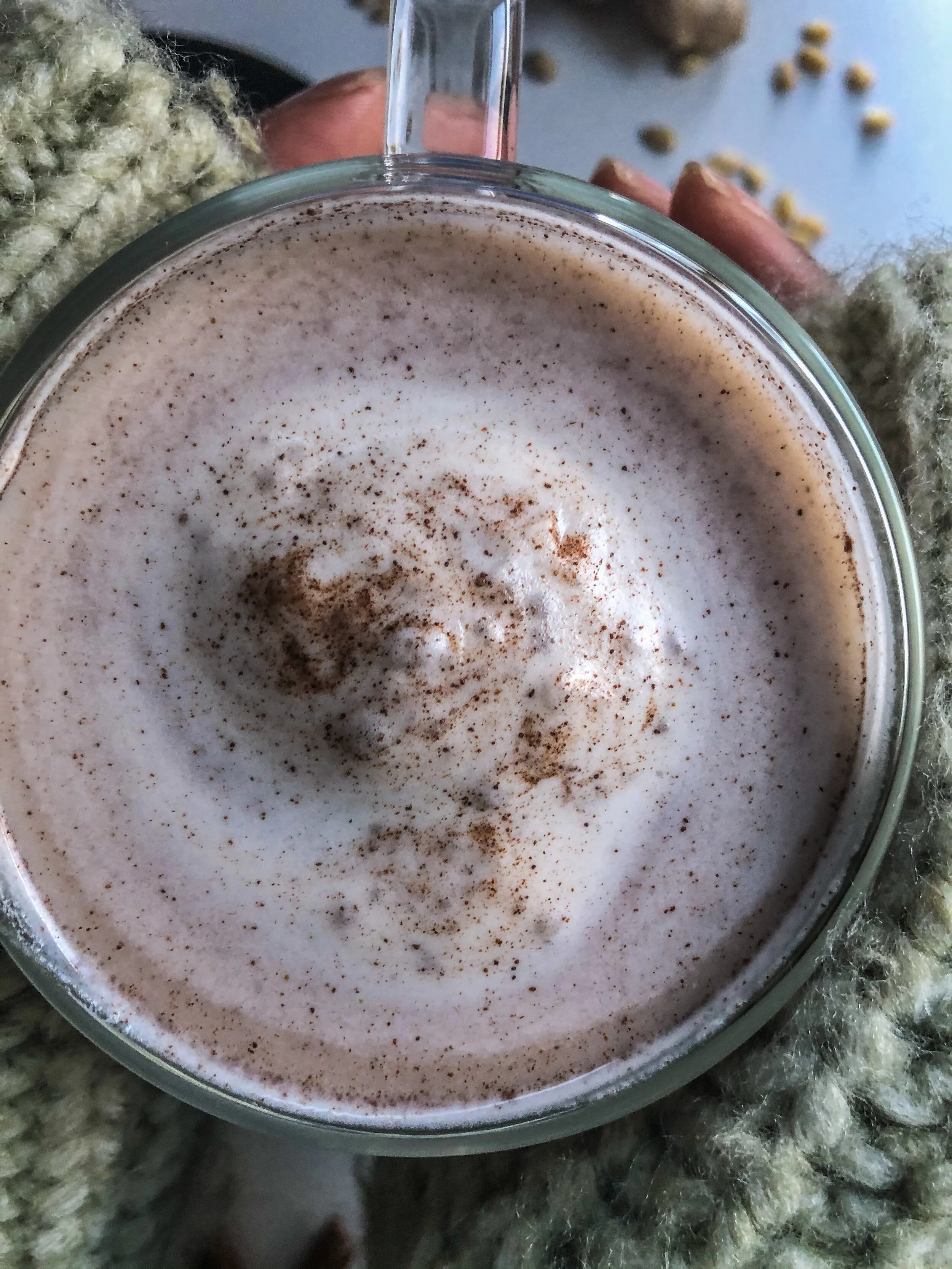By: Jessica Delph
You might be drooling at the thought of what the fourth Thursday in November is, but let us try the 15th day of the 8th Lunar month? Does that ring any bells?
Chuseok ( pronounced “choo-suhk”) is here! Chuseok translates to “autumn eve” and is one of the most festive traditional holidays in Korea. The official day this year is September 21st and the celebration lasts for a period of 3 days, including the days before and after the actual Chuseok date( September 20-22). It usually falls between September and October. To keep it simple, we can even call it Korean Thanksgiving, Mid-Autumn Festival or the Harvest Moon Festival.
It is a special time to just celebrate and give thanks for the crops harvested, pay respects to ancestors and to look forward to the new year ahead. In fact, usually this time of year the traffic is so heightened in the city areas because many are trying to leave and make it back home, to celebrate with their loved ones it can become a bit of a battlefield getting home.
How is it celebrated? The family will get together and traditionally wear attire such as Hanbok and celebrate the year's harvest, play games, also celebrate their ancestors by preparing a table of food sort of like an offering. This delicate process is very labor intensive yet oh so rewarding. Oftentimes the women in the family would gather and take the time to make everything needed to set the offering. The meals prepared ideally have to be set in a particular order from East to West and drink.
There are dishes such as jeon ( pan fried pancake: kimchi jeon, gamjajeon) you will find sanjeok jeon on many tables at this time. This particular “pancake” is layered on a short skewer; the layers consist of scallion, imitation crab and beef. It is battered in a little egg and flour after being threaded onto the skewer and then of course fried. Anything fried is a hard yes in my book.
In addition, you will also find what is called songpyeon ( half mooned rice cakes filled with red bean paste, sesame seeds, brown sugar, chestnuts). Depending on the region, sometimes the base ingredients for this sweet treat will vary. Our Noona’s favorite variations are the little green ones made with mugwort.
Other quintessential items include rice from the harvest, asian pears, apples and refreshments. One of my favorite and quite refreshing too is called “Sujeonggwa”.
Sujeonggwa is a Korean cinnamon punch. It can be served hot or cold and also known to aid in digestion which is why it is often served after meals. It’s like a Korean digestif. The stars of the recipe are super simple, yet magnanimous: ginger, cinnamon and your choice of sweetener. Many variations include dried persimmon at the end to soak up the glorious punch. Lets make it !
Korean Cinnamon Punch
Because it is so aromatic, yet so delicious I thought you “PSL” ( Pumpkin Spice Latte) lovers may want to give this recipe a try. It is sweet, refreshing, creamy and a nod to Chuseok.
Not to mention the smell of ginger and cinnamon permatting through your home will set the right tone for fall feels.
Ingredients
Serving Size 10
5 cinnamon sticks, rinsed
¼ of a cup of sliced ginger
1 cup of honey or sweetener of choice ( date sugar tastes especially great in this )
11 cups of water
1 scoop of Noona's Toasted Rice Ice Cream
Garnish
Pine nuts (optional)
Dried persimmon ( optional)
How To Do It
Put ginger into a large saucepan and pour 5 ½ cups of water into the saucepan and bring to a simmer, and continue to do so for about 30 minutes. Pour out the ginger infused water into a heat proof bowl or container. Rinse out the saucepan for the next step.
Repeat step one, except this time with rinsed cinnamon and pour remaining water over. Let the cinnamon simmer for about 30 minutes (see pro tip ₁)
Once you have your ginger and cinnamon have boiled boil separately, get a larger saucepan or pot( that can hold 11 cups of water), drain the ginger and cinnamon respectively over a sieve and pour into the larger pot
Add your sweetener of choice and let this combined ginger, cinnamon concoction simmer for an additional 10 minutes on medium to low heat. Make sure all sugar is dissolved.
To serve simply, you can either let the mixture cool down for a couple of hours before serving and top off with ice ! or Serve in a tea cup and place a dried persimmon in the middle, after this sits for an hour or so, the persimmon will soften and release its fruity flavor you can garnish with even more persimmon or pine nuts.
Take a big heaping scoop ( or two) of Noona’s Toasted Rice flavor and put it in a serving cup. Pour cinnamon punch over ice cream ( hot/cold) , use a spoon and mix until ice cream is mixed in evenly.
The added touch of Noona’s Toasted Rice rounds out the cinnamon and ginger flavors, and I dare say is my new fall favorite. Give it a try also Happy Chuseok to you all. Some Chuseok traditions might have shifted a bit, especially with the happenings of last year but at its core Chuseok is a time for families to get together and be thankful.
Pro Tip
It is said that the ginger and cinnamon should be boiled separately to maximize the flavors and aromas, however if you are short on time go ahead and boil the cinnamon and ginger together for a total of 45 minutes and skip to step 3.
Persimmon season is here ! locally the stores are slowly being stocked with them, if you have trouble finding some dried whole persimmon in your local market like I did and too really commemorate the Sujeonggwa spirit, I highly recommend joining our Noona Test Club Kitchen and pre ordering our new flavor Persimmon Jubilee !


